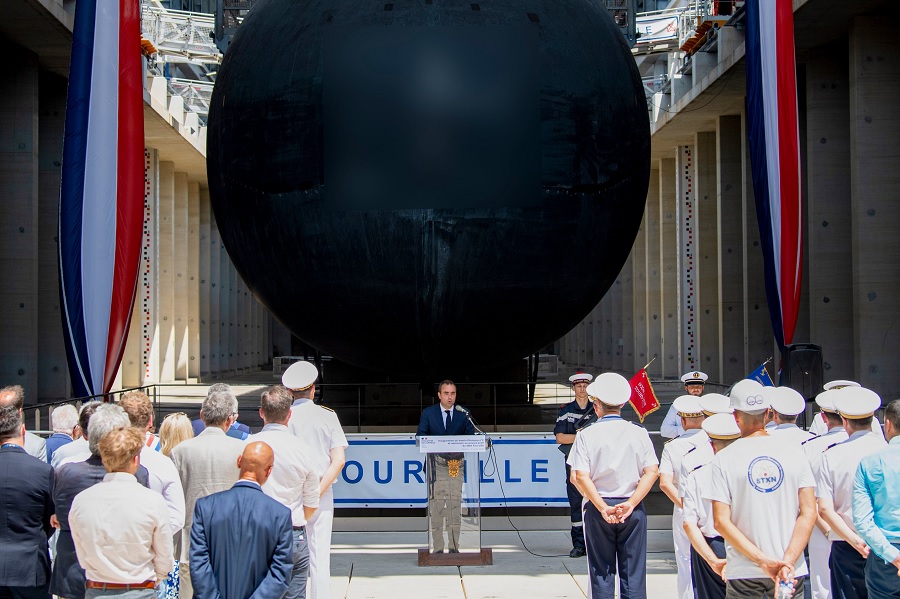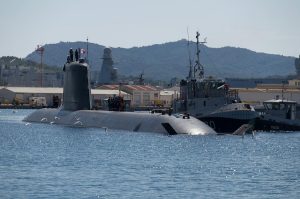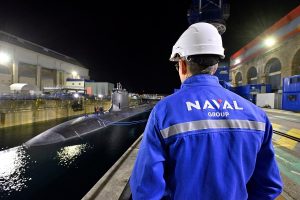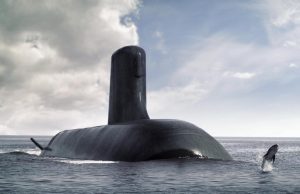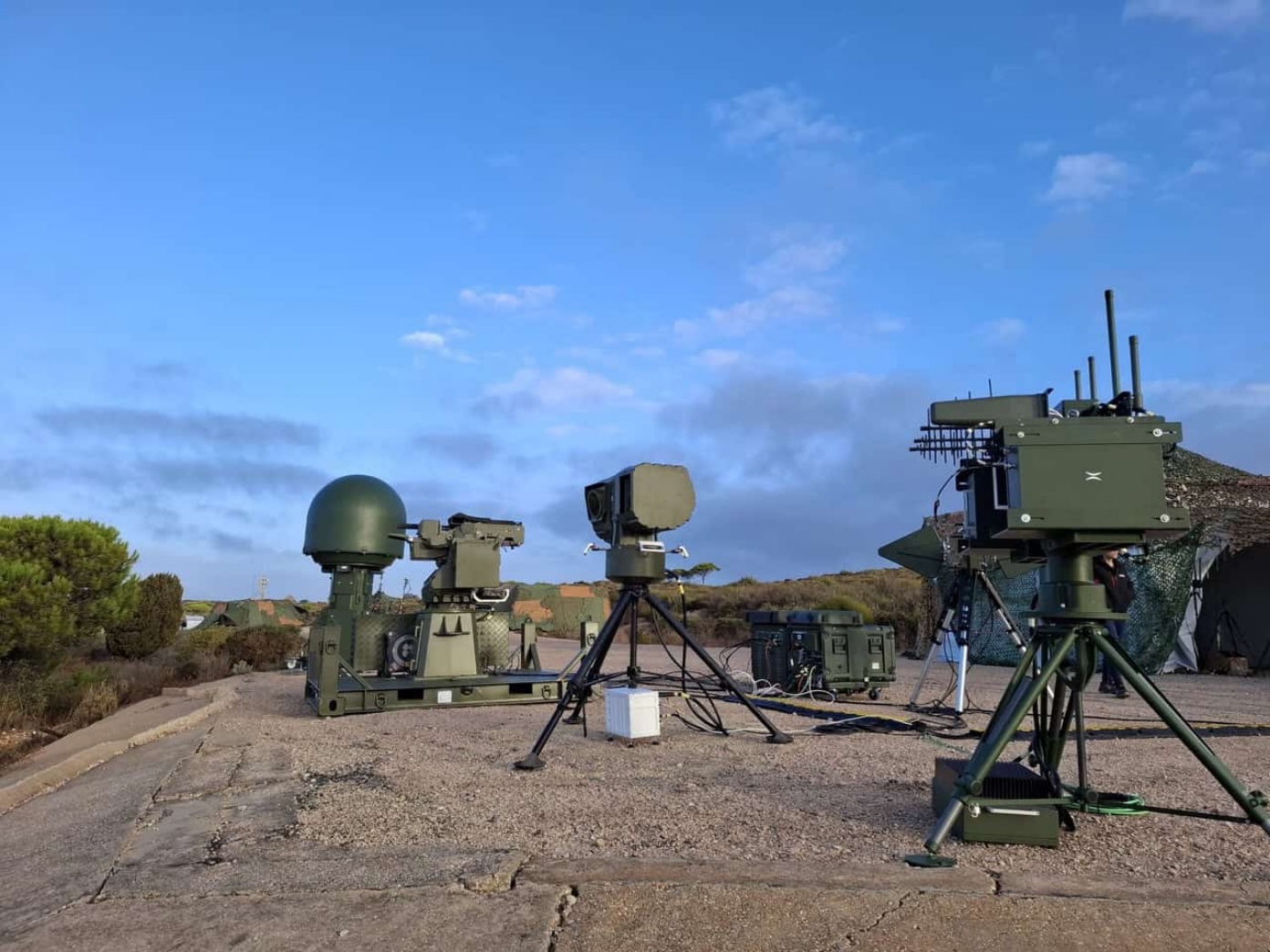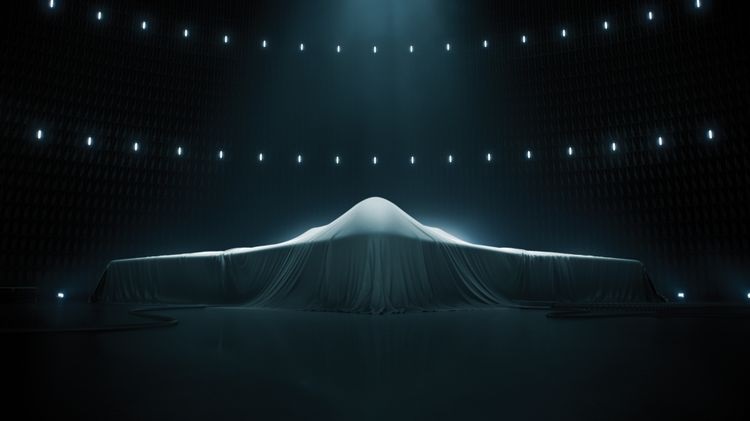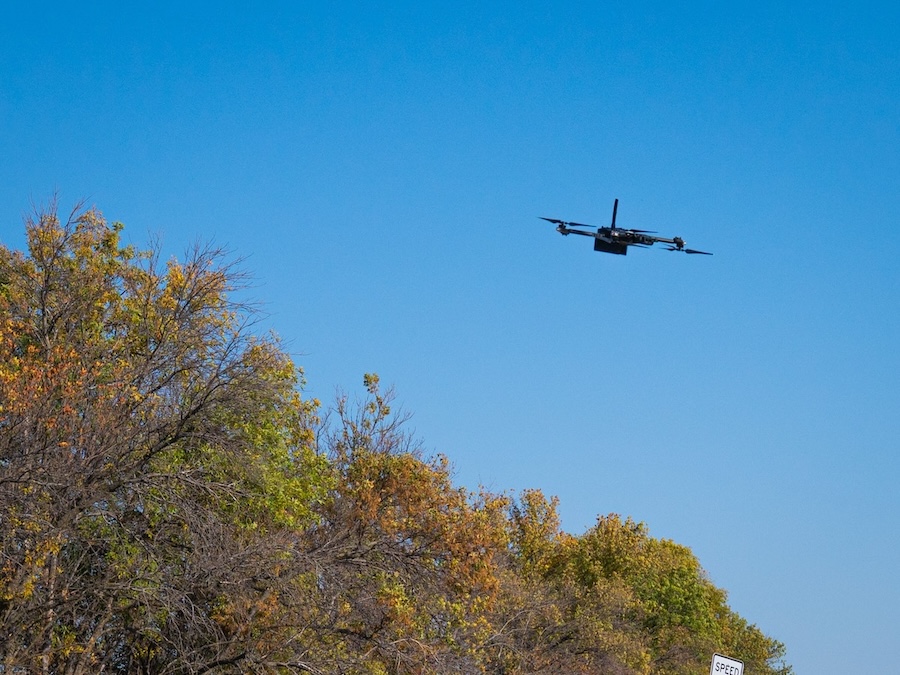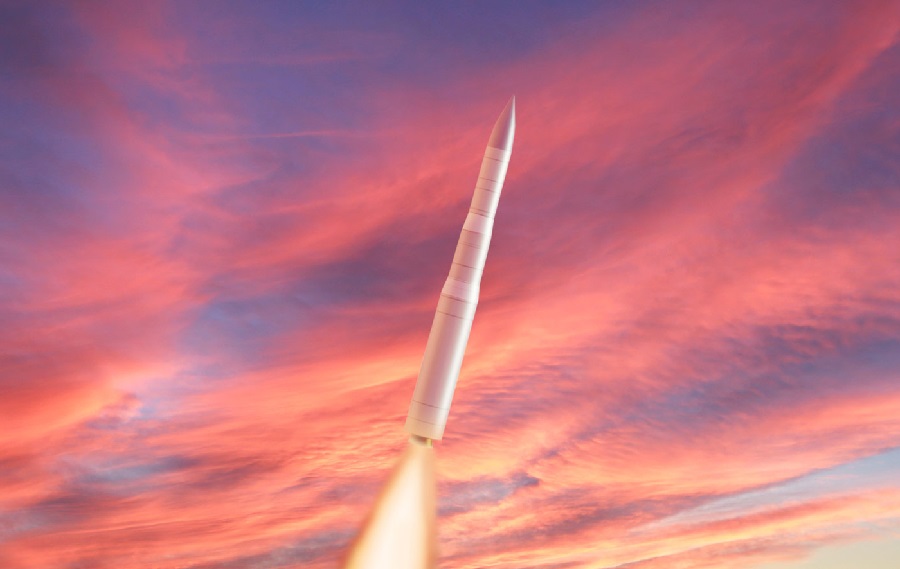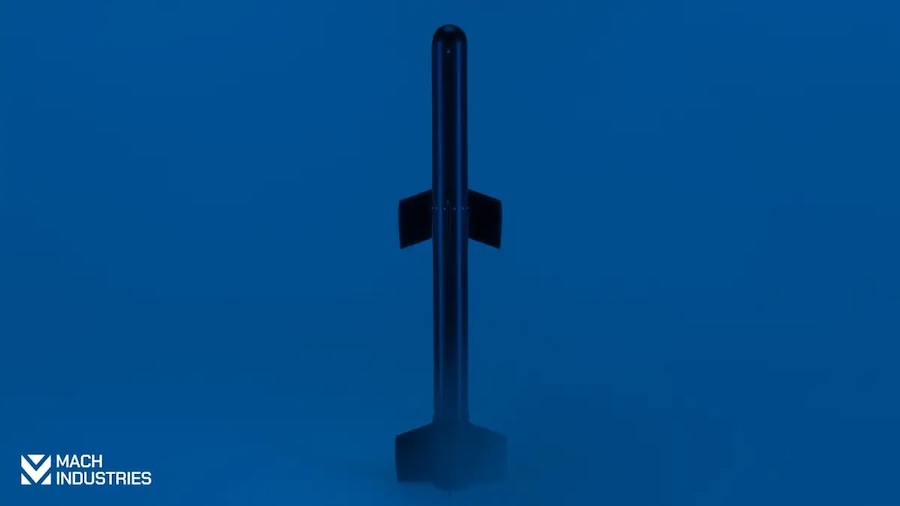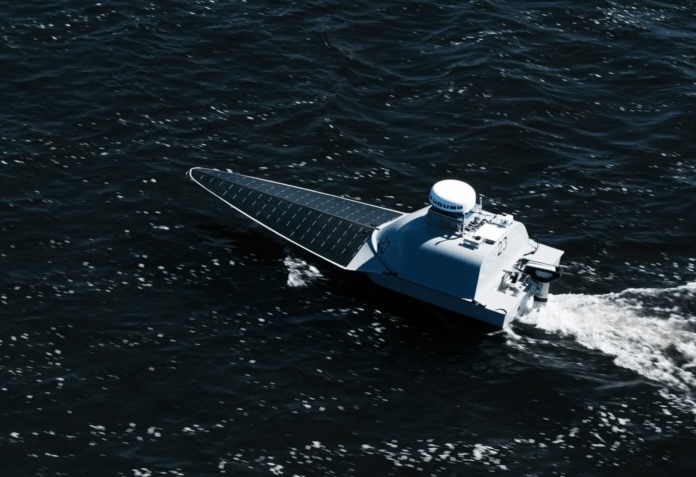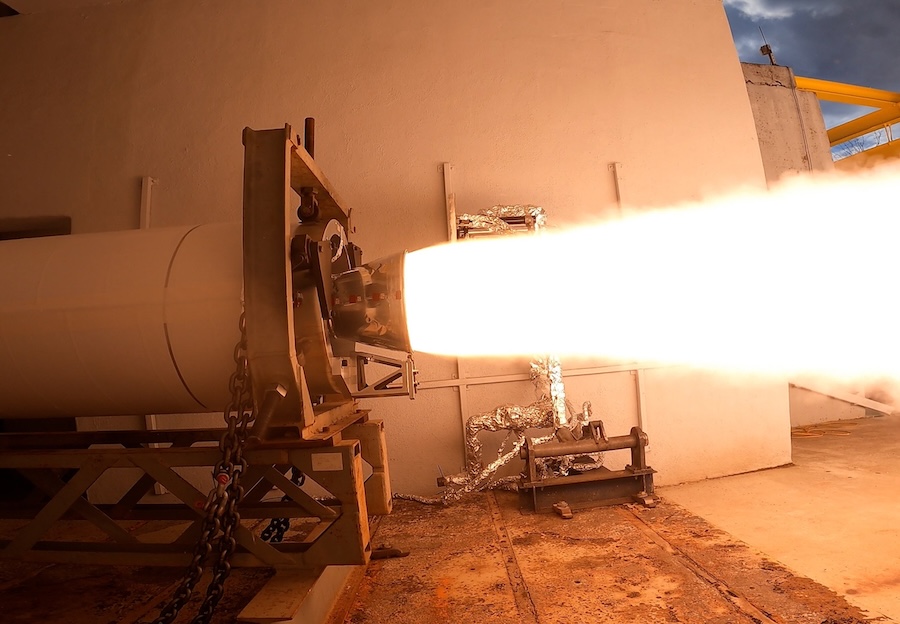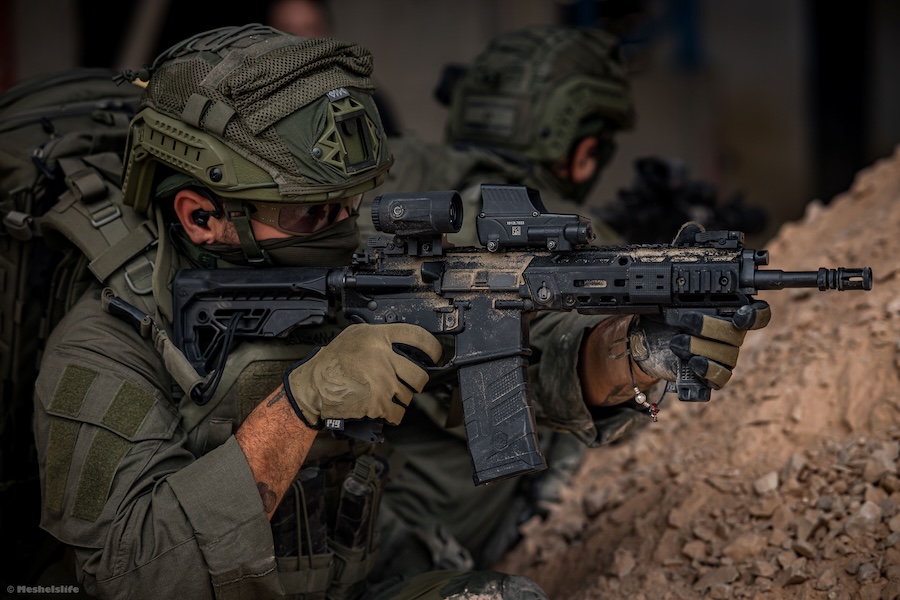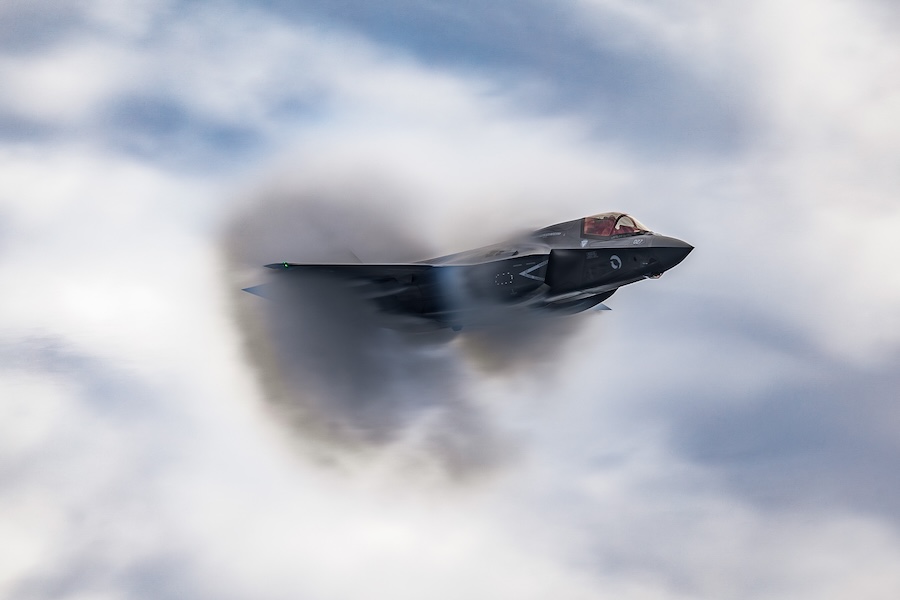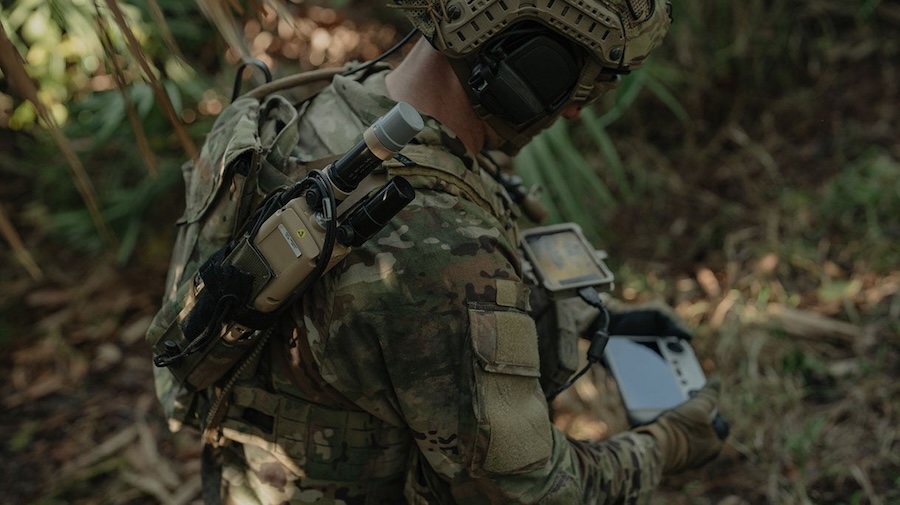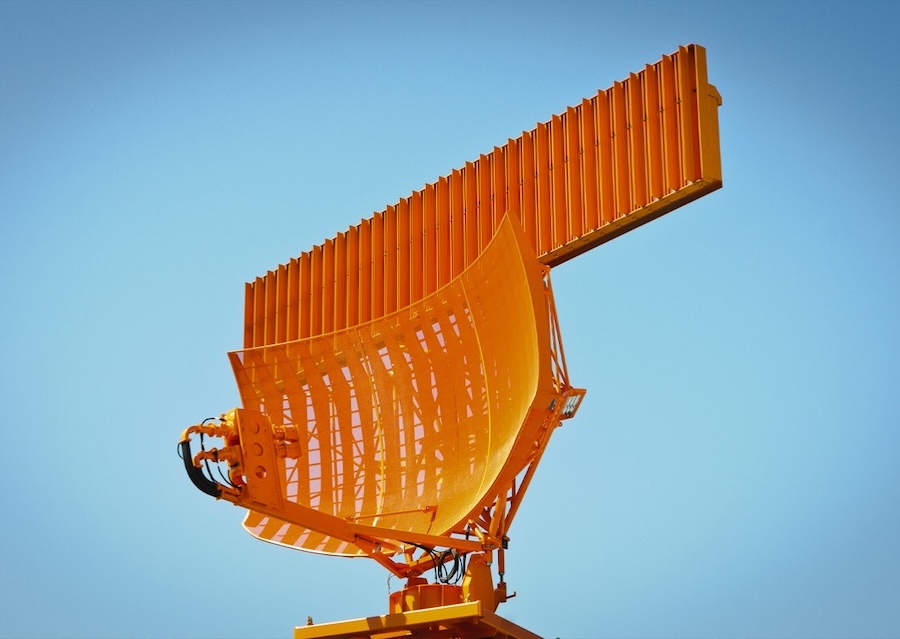The Barracuda programme envisions a fleet of six advanced nuclear-powered attack submarines (SNA), replacing the older Rubis-class units by 2030. “The Tourville presents prodigious technological and thus operational advances. If one stands out, it is the ability to be deployed twice as long,” said Minister Lecornu.
Construction of the Tourville began on 28 June 2011 with the first steel cut at Naval Group’s Cherbourg shipyard. Named after Vice Admiral Anne Hilarion de Costentin de Tourville, the submarine was moved to its launch platform on 20 July 2023, with its nuclear reactor reaching initial criticality on 24 April 2024.
Sea trials commenced on 12 July 2024, followed by the first dive on 17 July. After returning to Cherbourg for technical adjustments, the French Navy received the submarine on 16 November 2024—just four months after its first sea trials, a significant reduction in delivery time compared to its predecessors.
The modernisation of Toulon’s naval base, including the full refurbishment of the 1881-built Missiessy dock no. 2 (MY02), is part of the wider Barracuda Reception and Support Infrastructure Programme (PI ASB). “This dock represents an industrial feat and a symbol: that of a living, modernised naval base capable of supporting the rise of our fleet,” emphasised the minister.
Plus grand port militaire d’Europe, premier employeur du Var.
La base navale de Toulon en est une démonstration : les investissements dans notre défense votés en loi de programmation militaire délivrent.
Aujourd’hui, le sous-marin nucléaire d’attaque Tourville est admis au… pic.twitter.com/RZ91YpJ5md
— Sébastien Lecornu (@SebLecornu) July 4, 2025
The PI ASB programme, valued at €3 billion over 15 years, covers the upgrade of docks, utility networks, support buildings, and nuclear safety infrastructure at Toulon. “29,000 cubic metres of concrete, 55 kilometres of electric cables, 10 kilometres of ducts and €450 million of investment,” noted Lecornu, comparing the scale of the work to the Millau Viaduct.
MY02 can now accommodate two Suffren-class submarines simultaneously, meeting the requirements of a fleet expected to include five such units by 2028. Reinforced against earthquakes and equipped with updated systems, the dock reflects the growing capabilities and demands of the modern French submarine force.
The PI ASB is divided into three phases: the first, completed, enabled the reception of the first two submarines; the second, ongoing until 2030, includes five quay berths, modernised dry docks (MY01 and MY02), a new logistics facility, and a complete overhaul of the classified INBS (Base Nuclear Installation). The third phase will provide for major maintenance of the Suffren-class, with a key milestone in 2027.
The French Navy’s current nuclear fleet includes nine submarines: four Le Triomphant-class ballistic missile submarines and five nuclear-powered attack submarines. Among the SSNs, three are Barracuda-class (Suffren, Duguay-Trouin, Tourville), while two Rubis-class submarines (Améthyste and Perle) remain in service but are scheduled for retirement.
The fourth Barracuda-class unit, De Grasse, is currently undergoing sea trials and expected to enter service soon. The commissioning of Tourville and the transformation of Toulon represent a coordinated strategic investment in France’s naval power, ensuring credible deterrence, technological superiority, and industrial sovereignty well into the next decade.


